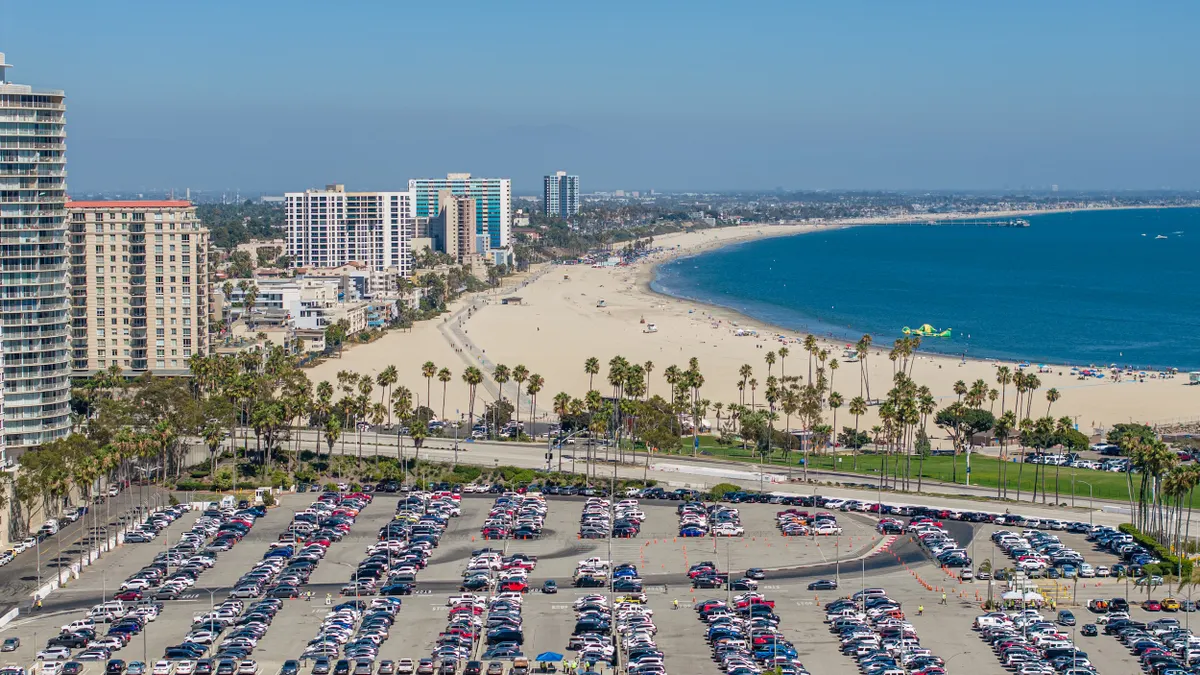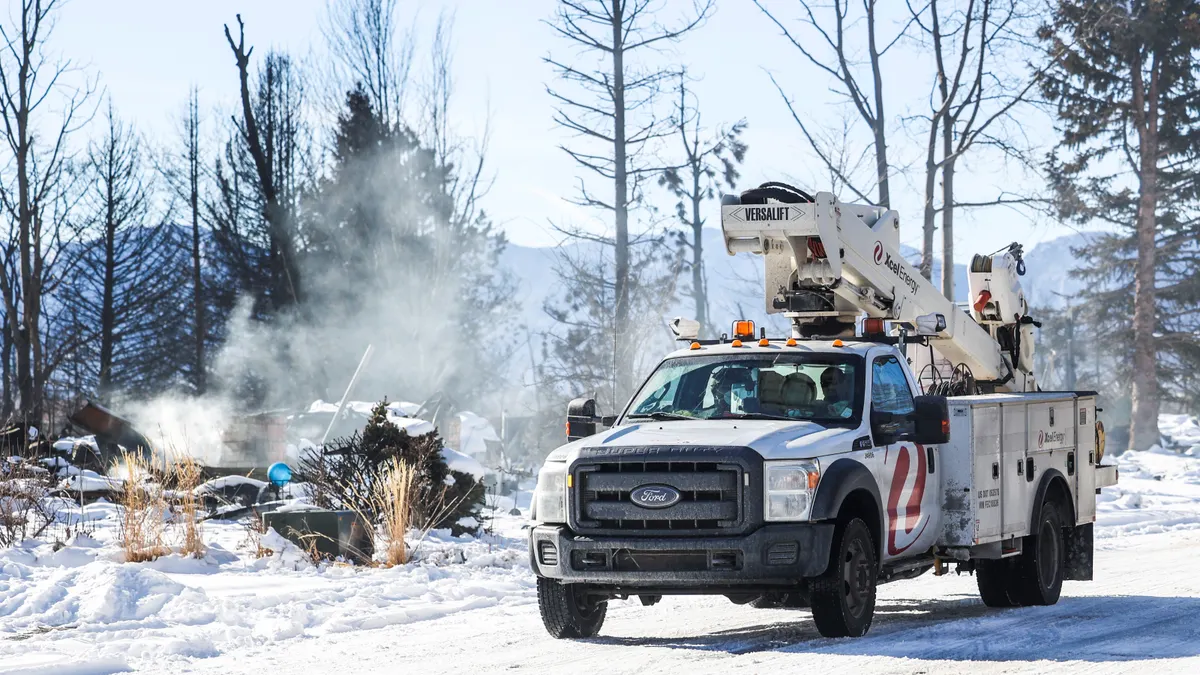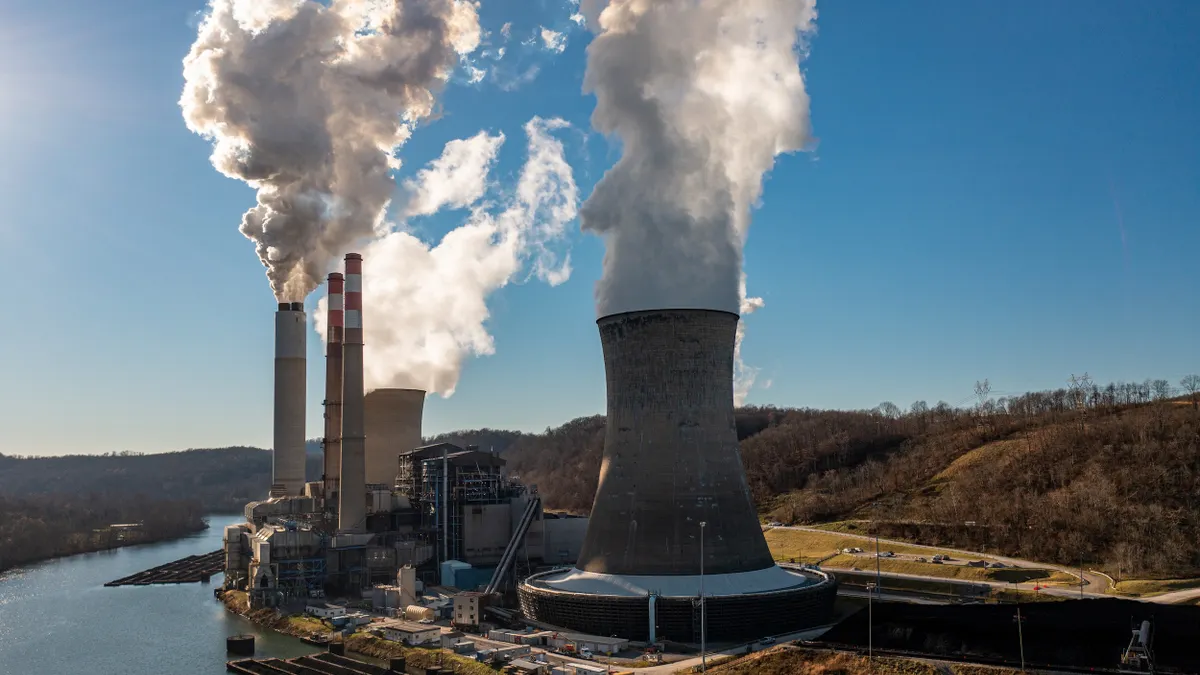Tens of billions of dollars are spent each year by utilities building out the network of pipelines needed to distribute gas to U.S. homes and businesses. But as policymakers set ambitious decarbonization goals and customers shift off fossil fuels, some communities and utilities are questioning if expanding the gas system is the wisest investment.
That question has led early movers to examine alternatives to gas pipeline construction or upgrades. That could mean reducing gas demand in a neighborhood that would otherwise need upgrades to meet higher demand, or it could be more ambitious: electrifying all the customers in an area and decommissioning that portion of the gas pipeline completely, for example.
Finding alternatives to pipeline investments “feels like an early and emerging idea and practice,” said Mike Henchen, principal for carbon-free buildings at the clean energy-focused nonprofit RMI. “But we're also at a point where we have enough examples that we can start to synthesize some of the takeaways.”
Outlining those lessons learned is the purpose of a whitepaper released May 1 by RMI and National Grid, a combined gas and electric utility that serves New York and Massachusetts and has been evaluating alternatives to pipeline investments for several years.
Zurich is a frontrunner when it comes to putting these ideas into practice, the paper says. To the researchers’ knowledge, the Swiss city is the only one in the world to have actually completed neighborhood-scale gas system decommissioning. The city’s utility pursued the project because it didn’t make financial sense to maintain the gas pipelines alongside a district heating system that many customers had already converted to, the report says. Customers were alerted of this project about a decade before the pipes were decommissioned.
Tangible examples of pipeline decommissioning exist in the U.S., too. In California, Pacific Gas & Electric has converted a total of 105 customers from gas to electricity, resulting in the decommissioning of 22 miles of transmission pipe. However, that work has relied on 100% of affected customers agreeing to go electric, and PG&E’s successful projects have each affected fewer than five customers at a time.
There is a lot of value — and untapped potential — in the small projects that impact a couple of customers at a time, Henchen said. But projects able to be derailed by just a single person aren’t a realistic path forward when it comes to scaling up this work, the RMI and National Grid researchers argue. “Individual customer persuasion to reach 100% participation is not a scalable [non-pipeline alternative] approach” to avoid investing in new gas infrastructure, the paper says.
So, what is scalable? In cities like Zurich, “the city governments are pretty much empowered to just make the decision” to pursue such projects, Henchen said. That’s not the case for many U.S. communities in jurisdictions with regulatory barriers. An oft-referenced barrier is utilities’ “obligation to serve,” which has largely been interpreted to mean that utilities must provide gas service to anyone who asks for it.
For planned electrification projects to succeed, those typically state-level policies will need to change, the RMI and National Grid whitepaper says. Those policies could remove or clarify obligation to serve requirements so that utilities can pursue a new model for providing equitable energy access, a change that some California and New York lawmakers are pushing for.
State policy changes could also allow municipalities to conduct heat planning that retires gas infrastructure — which is what is happening in the Netherlands and Switzerland, the paper says. A bill being considered in Colorado would allow a handful of interested local governments to pilot neighborhood-scale alternatives to the gas distribution system.
Henchen said cities could step in to make their perspectives heard in these policymaking processes. “Cities have an opportunity to speak up at the utility commissions and say ‘Hey, we have a vision for how the infrastructure in our city evolves in the future,’” he said. Henchen also advised cities interested in this work to request information from the local utility about what projects are planned over the next five or more years and to explore where opportunities for alternative options exist.
“This solution is hyperlocal, and it requires going street by street and block by block,” he said. “There's a lot of value in that case for the municipality to be engaged in the planning process.”



















